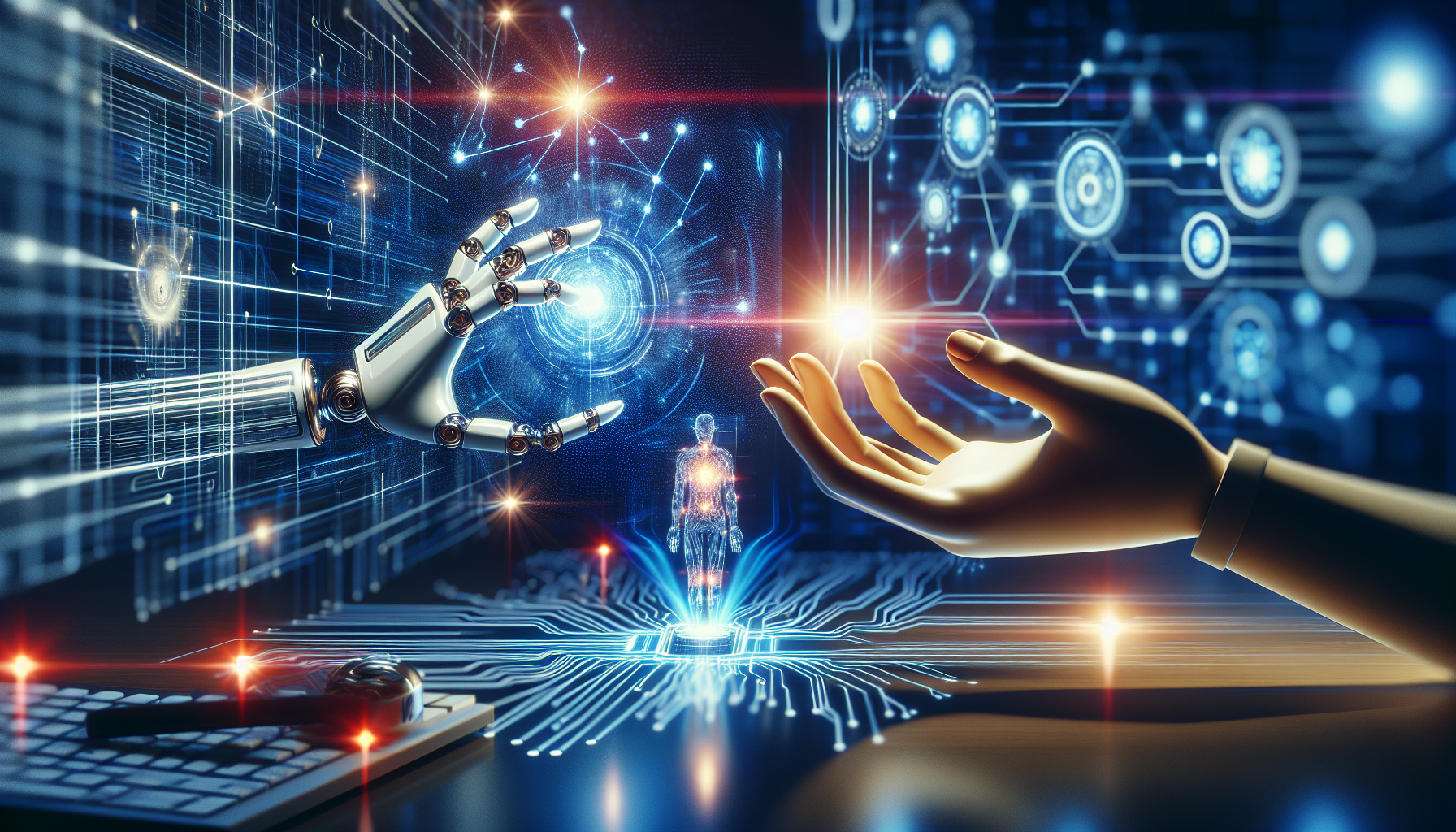
AI and Privacy: A Technical Guide to Safeguarding Personal Data While Harnessing Innovation
June 14, 2025
Artificial intelligence (AI) has permeated numerous sectors, offering unprecedented opportunities for innovation and efficiency. However, as AI systems increasingly rely on vast amounts of personal data, the balance between technological advancement and privacy protection becomes a critical concern. This guide explores technical strategies to ensure personal data is safeguarded while exploring the potential of AI.
AI systems excel by learning from large datasets, which often include sensitive personal information. To mitigate privacy risks, one effective approach is data anonymization. Anonymization involves transforming data in a way that prevents the identification of individuals, enabling AI systems to learn from the data without compromising privacy. Techniques such as data masking, where identifiable information is obscured, or k-anonymity, which ensures that each individual is indistinguishable from at least k-1 others, can be implemented to protect personal identities.
Another robust method to enhance privacy is differential privacy. This mathematical framework introduces noise into datasets, making it difficult to trace data back to specific individuals. Differential privacy provides a quantifiable measure of privacy guarantees, allowing organizations to release useful data insights while minimizing privacy risks. This technique has gained traction among tech giants and academic institutions, highlighting its potential in balancing innovation with privacy.
Federated learning is another promising technique aimed at preserving privacy. Unlike traditional centralized learning models that aggregate data in a central server, federated learning enables AI models to be trained across multiple decentralized devices. This approach ensures that personal data remains on local devices, and only model updates are shared with a central server. By keeping data local, federated learning reduces the risk of data breaches and enhances individual privacy.
Moreover, privacy-enhancing technologies (PETs) offer a suite of tools designed to protect personal data while maintaining functionality. Homomorphic encryption, for instance, allows computations to be performed on encrypted data without needing decryption. This means AI systems can process data without exposing it, thus safeguarding privacy. Similarly, secure multi-party computation enables collaborative data processing among multiple parties, ensuring that no single party has access to the complete dataset.
Organizations must also consider implementing robust access controls to limit who can view and manipulate data. Role-based access control (RBAC) and attribute-based access control (ABAC) are effective strategies for ensuring only authorized personnel have access to sensitive data. Furthermore, logging and monitoring access to data can help detect and respond to unauthorized attempts to access personal information.
Transparency in AI systems is crucial for maintaining trust and ensuring privacy. Explainable AI (XAI) initiatives strive to make AI decision-making processes more transparent and understandable. By providing insights into how decisions are made, XAI can help individuals understand and trust AI systems, thereby supporting informed consent and privacy protection.
Organizations need to establish comprehensive privacy policies and adhere to regulatory frameworks like the General Data Protection Regulation (GDPR) or the California Consumer Privacy Act (CCPA). These regulations mandate strict data protection measures and provide individuals with rights related to their personal data. Compliance with such regulations not only protects privacy but also enhances organizational credibility.
It's essential for organizations to foster a culture of privacy and security by training employees on data protection practices and emphasizing the importance of privacy in AI development. Regular audits and assessments of AI systems can help identify potential vulnerabilities and ensure continuous improvement in privacy protections.
As AI continues to evolve, the interplay between innovation and privacy will remain a dynamic and complex challenge. By adopting technical strategies such as anonymization, differential privacy, federated learning, and privacy-enhancing technologies, organizations can harness the power of AI while safeguarding personal data. The question remains: how can we further innovate in AI to enhance privacy and trust, ensuring a future where technological advancement and personal data protection coexist harmoniously?


